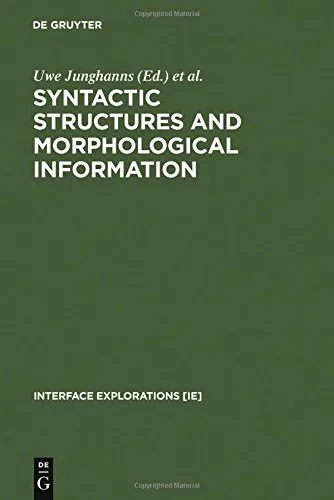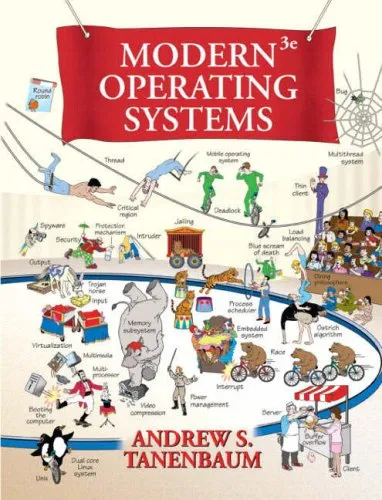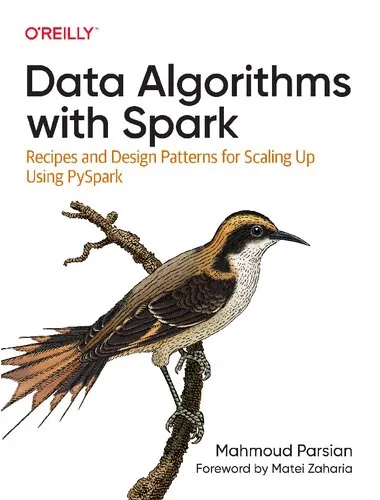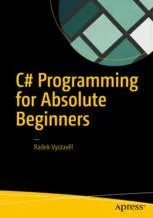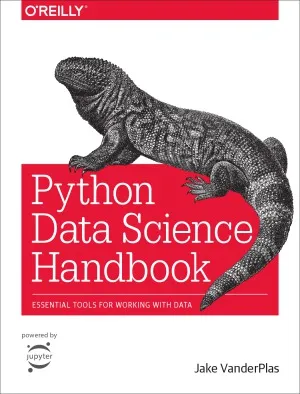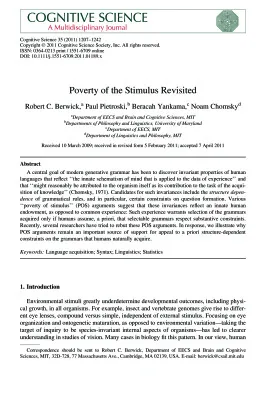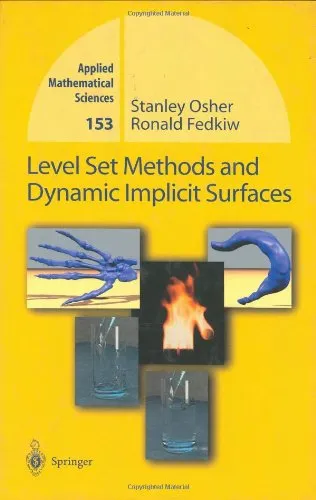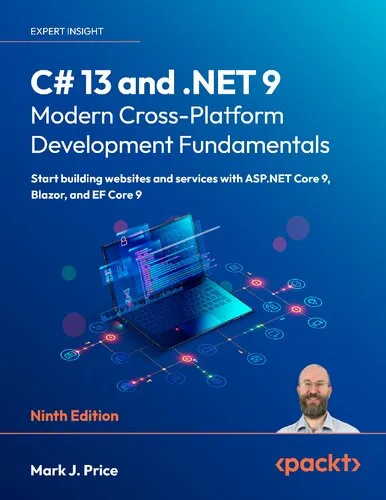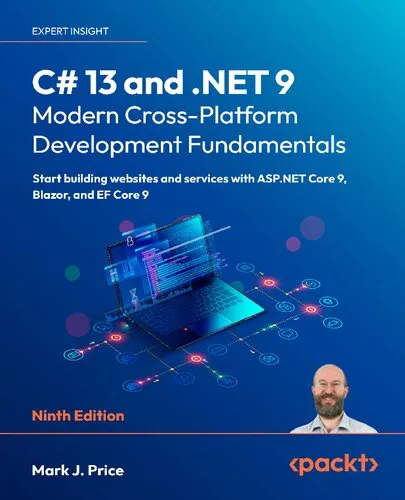Syntactic Structures and Morphological Information
4.4
Reviews from our users

You Can Ask your questions from this book's AI after Login
Each download or ask from book AI costs 2 points. To earn more free points, please visit the Points Guide Page and complete some valuable actions.کتاب های مرتبط:
The book contains ten papers discussing issues of the relation between syntax and morphology from the perspective of morphologically rich languages including, among others, Indo-European languages, indigenous languages of the Americas, Turkish, and Hungarian. The overall question discussed in this book is to what extent morphological information shows up in syntactic structures and how this information is represented. The authors adopt different theoretical frameworks such as the Derivational Theory of Morphology, Distributed Optimality, Head-driven Phrase Structure Grammar, Lexical-Functional Grammar, Lexical Decomposition Grammar combined with Linking Theory and OT-like constraints, Paradigm-Based Morphosyntax as well as the Principles and Parameters Approach of Generative Grammar.
Free Direct Download
You Can Download this book after Login
Accessing books through legal platforms and public libraries not only supports the rights of authors and publishers but also contributes to the sustainability of reading culture. Before downloading, please take a moment to consider these options.
Find this book on other platforms:
WorldCat helps you find books in libraries worldwide.
See ratings, reviews, and discussions on Goodreads.
Find and buy rare or used books on AbeBooks.
1254
بازدید4.4
امتیاز0
نظر98%
رضایتReviews:
4.4
Based on 0 users review
Questions & Answers
Ask questions about this book or help others by answering
Please login to ask a question
No questions yet. Be the first to ask!
